I saw this question on Zhihu: Will driverless driving be universal in ten years? And asked whether it is still necessary to learn a driver's license now. This is a very interesting question, because it involves the possibility of the commercialization of autonomous driving and how our lives will change after autonomous driving is implemented. This question also involves a concept, that is, universalization, which is also an issue worth discussing. Smart Driving Frontier will start from this issue and discuss it with everyone.

Autonomous driving is related to smart travel, smart transportation, and smart cities. It is a major trend in future development and will also be a technological change that changes social lifestyles. Autonomous driving, in short, is the change in the role of car control. Now our travel process is completely inseparable from the role of humans. Whether it is a car, a motorcycle, an electric car, or a bicycle, they all need People control the driving tools. These driving tools are more used to speed up the travel process and make long-distance travel faster and more convenient. However, this kind of travel process does not free people's hands. During the travel process, people still need to spend a lot of time observing the traffic conditions. Even if they take a taxi, the role of the driver is still a human being. He only observes the traffic conditions during the trip. The task is handed over to the driver, but it does not actually reduce people's participation in the transportation process.
The concept of autonomous driving fundamentally solves the need for people to observe traffic conditions when participating in transportation. It frees people from the role of controlling transportation and allows them to spend more time for entertainment and rest. . The concept of autonomous driving was not proposed in recent years, but the technology has developed so far, and there is still no possibility of widespread use. This may still be the case in the next ten years or longer. The development of autonomous driving also involves policy, technology, Many issues related to social acceptance are not “simple” technical implementation, but more related to social development. This may be the most difficult and least easy to solve problem.
Going back to the original question, "Can driverless driving be universalized in ten years?" Here is a concept, which type of driverless driving is meant? From a technical perspective, autonomous driving can be divided into low-speed autonomous driving and high-speed autonomous driving. Low-speed autonomous driving is the autonomous vehicle that we see delivering express delivery, delivering food, and picking up passengers in closed places such as parks, restaurants, and campuses. Driving a car, this type of unmanned driving has several characteristics, namely closedness and low speed. This type of unmanned driving tool has a fixed working range, a relatively fixed running path, and the driving speed is also low during the work process. , which solves people’s last-mile problems such as takeout and express delivery.
With the development of technology, low-speed autonomous driving will become more and more popular and even be applied to all aspects of society. In addition to the common food delivery and express delivery, such as tourist transfers at tourist attractions and ports Scenarios such as the transportation and loading of goods, the transportation and placement of mining materials, etc., where the working environment is simple, the changes will not be particularly large, and the working distance is relatively short, will be replaced by low-speed autonomous driving, and more people will be able to complete other complex tasks. , to maximize the use of human resources.
However, in the direction of high-speed autonomous driving, it may not be implemented as quickly as low-speed autonomous driving. After high-speed autonomous driving is truly implemented, it will be able to carry people just like the cars on the road now. Realize long-distance, multi-scenario activities. Under the concept of high-speed autonomous driving, autonomous vehicles need to be able to make judgments on different traffic conditions just like human drivers, and can respond quickly in traffic environments where sudden problems arise. This will be very difficult.
Autonomous driving's judgment of road conditions and decision-making of actions are mainly based on the written code. The written code will determine the response of the autonomous vehicle when encountering certain traffic conditions. If you want to make the automatic driving It is technically impossible to drive a car without the constraints of code and have the same thinking as a human driver.
The development of high-speed autonomous driving includes two types: single-vehicle intelligence and vehicle-road collaboration. Due to the high cost, the development model of single-vehicle intelligence requires more technology to allow the car to complete driving, which not only requires a long design time , it is also necessary to consider whether the design cost can be accepted by the public during the design process. Under the development model of vehicle-road collaboration, the hardware equipment installed in self-driving cars can be effectively reduced, but there are still some problems such as road upgrades and Internet speed improvements. made more requests.

Moreover, the current traffic laws and regulations are also based on "people", and more consideration is given to the problems that may arise when "people" participate in transportation. At this stage, there are no laws and regulations for self-driving cars. As for low-speed autonomous driving, high-speed autonomous driving mainly focuses on "carrying people", so more laws and regulations are needed to regulate it to ensure the safety of passengers. In order to ensure that the laws and regulations formulated can meet the requirements for making self-driving cars universal, more time is needed to discuss and plan to take into account all possible problems. Taken together, this series of constraints will make it more difficult to universalize autonomous driving.
In the question, it was also mentioned about universalization, that is, autonomous driving can be seen everywhere, and even all travel tools are autonomous vehicles. There is an issue worth discussing, the implementation of autonomous driving. , will there be a stage where self-driving cars and cars driven by human drivers coexist? If there is this stage, do self-driving cars and cars driven by human drivers need to drive separately, or do they directly share the same road? If there is such a stage, when the proportion of self-driving cars reaches what proportion will self-driving be considered universal?
As autonomous driving comes to fruition, will there be a stage where autonomous vehicles and human-driven vehicles coexist? Nowadays, many OEMs use advanced assisted driving systems as an entry point to promote the advancement of their own technologies when promoting to the outside world. However, this type of advanced assisted driving does not represent driverless driving. It is just a way to reduce the number of drivers. Driving fatigue is an auxiliary tool to increase driving safety. Only when it fully meets the L5 requirements of SAE can it be considered true autonomous driving. Therefore, the current stage cannot be regarded as a stage where autonomous vehicles and human-driven vehicles coexist.
When self-driving cars are truly launched, it will not be possible to directly replace cars driven by human drivers with driverless cars. As a travel tool, the replacement of a car mainly depends on whether its functions can meet travel requirements and The purchasing power of consumers, so when self-driving cars are launched, there will definitely be a stage where self-driving cars and human-driven cars coexist. Just like in the early days of the popularity of smartphones, there will still be many people using feature phones, even if smartphones Having been popular for many years, feature phones are still used by many people.
When self-driving cars and human drivers coexist, is it necessary to open a dedicated lane for self-driving cars? Just as there were generally fewer people using smartphones in the early days of smartphones, in the early days of self-driving technology, there were not many self-driving cars participating in traffic. Setting up dedicated lanes would be very time-consuming, labor-intensive and cost-intensive because If you want self-driving cars to reach all places that drivers can reach, if you want to open dedicated lanes, they need to be opened on all road sections, including highways, urban roads, town roads and even rural roads. Therefore, after the implementation of self-driving cars, self-driving cars and human-driven cars will share more roads, and one of the standards for the implementation of self-driving cars will be: whether they can adapt to the requirements of the traffic environment.

#Then what proportion of self-driving cars must reach before they are considered universal? This is a standard that is difficult to measure. Everyone has their own ideas about this concept. The forefront of smart driving believes that for the universalization of autonomous driving, everyone should adapt to the existence of autonomous driving, and most trips will be Will be provided by autonomous driving. Going back to the original question, will driverless driving be universal in ten years? Difficult, very difficult. Because there are too many fields involved, the universalization of driverless driving will still have a long way to go, so it is still very necessary to learn a driver's license.
The above is the detailed content of Will driverless driving be universal in ten years?. For more information, please follow other related articles on the PHP Chinese website!
 Windows 11 上的智能应用控制:如何打开或关闭它Jun 06, 2023 pm 11:10 PM
Windows 11 上的智能应用控制:如何打开或关闭它Jun 06, 2023 pm 11:10 PM智能应用控制是Windows11中非常有用的工具,可帮助保护你的电脑免受可能损害数据的未经授权的应用(如勒索软件或间谍软件)的侵害。本文将解释什么是智能应用控制、它是如何工作的,以及如何在Windows11中打开或关闭它。什么是Windows11中的智能应用控制?智能应用控制(SAC)是Windows1122H2更新中引入的一项新安全功能。它与MicrosoftDefender或第三方防病毒软件一起运行,以阻止可能不必要的应用,这些应用可能会减慢设备速度、显示意外广告或执行其他意外操作。智能应用
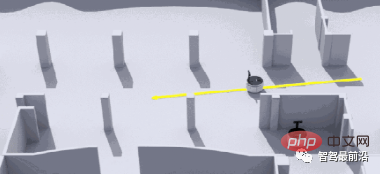 一文聊聊SLAM技术在自动驾驶的应用Apr 09, 2023 pm 01:11 PM
一文聊聊SLAM技术在自动驾驶的应用Apr 09, 2023 pm 01:11 PM定位在自动驾驶中占据着不可替代的地位,而且未来有着可期的发展。目前自动驾驶中的定位都是依赖RTK配合高精地图,这给自动驾驶的落地增加了不少成本与难度。试想一下人类开车,并非需要知道自己的全局高精定位及周围的详细环境,有一条全局导航路径并配合车辆在该路径上的位置,也就足够了,而这里牵涉到的,便是SLAM领域的关键技术。什么是SLAMSLAM (Simultaneous Localization and Mapping),也称为CML (Concurrent Mapping and Localiza
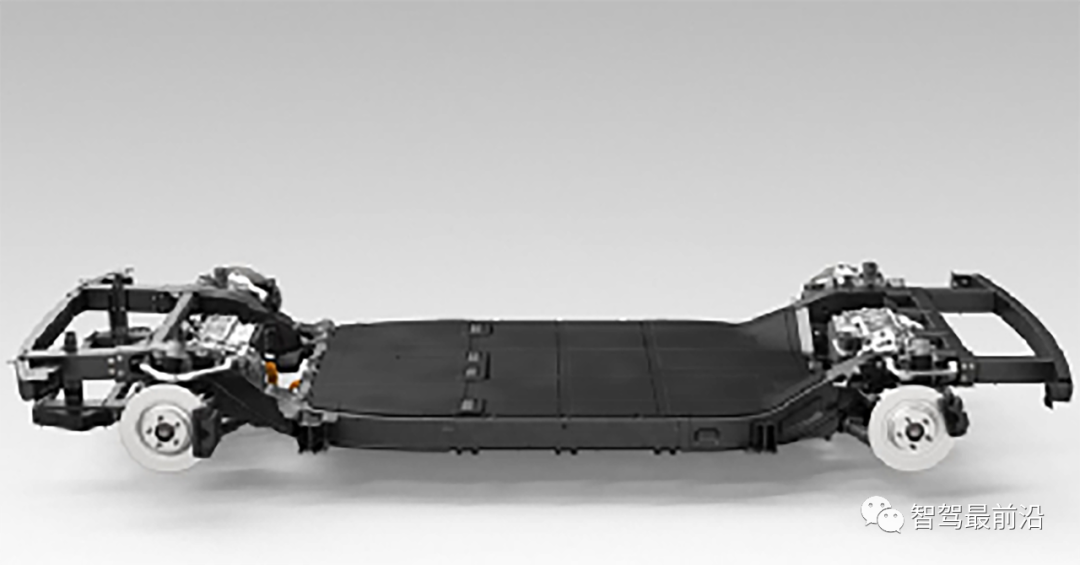 一文读懂智能汽车滑板底盘May 24, 2023 pm 12:01 PM
一文读懂智能汽车滑板底盘May 24, 2023 pm 12:01 PM01什么是滑板底盘所谓滑板式底盘,即将电池、电动传动系统、悬架、刹车等部件提前整合在底盘上,实现车身和底盘的分离,设计解耦。基于这类平台,车企可以大幅降低前期研发和测试成本,同时快速响应市场需求打造不同的车型。尤其是无人驾驶时代,车内的布局不再是以驾驶为中心,而是会注重空间属性,有了滑板式底盘,可以为上部车舱的开发提供更多的可能。如上图,当然我们看滑板底盘,不要上来就被「噢,就是非承载车身啊」的第一印象框住。当年没有电动车,所以没有几百公斤的电池包,没有能取消转向柱的线传转向系统,没有线传制动系
 智能网联汽车线控底盘技术深度解析May 02, 2023 am 11:28 AM
智能网联汽车线控底盘技术深度解析May 02, 2023 am 11:28 AM01线控技术认知线控技术(XbyWire),是将驾驶员的操作动作经过传感器转变成电信号来实现传递控制,替代传统机械系统或者液压系统,并由电信号直接控制执行机构以实现控制目的,基本原理如图1所示。该技术源于美国国家航空航天局(NationalAeronauticsandSpaceAdministration,NASA)1972年推出的线控飞行技术(FlybyWire)的飞机。其中,“X”就像数学方程中的未知数,代表汽车中传统上由机械或液压控制的各个部件及相关的操作。图1线控技术的基本原理
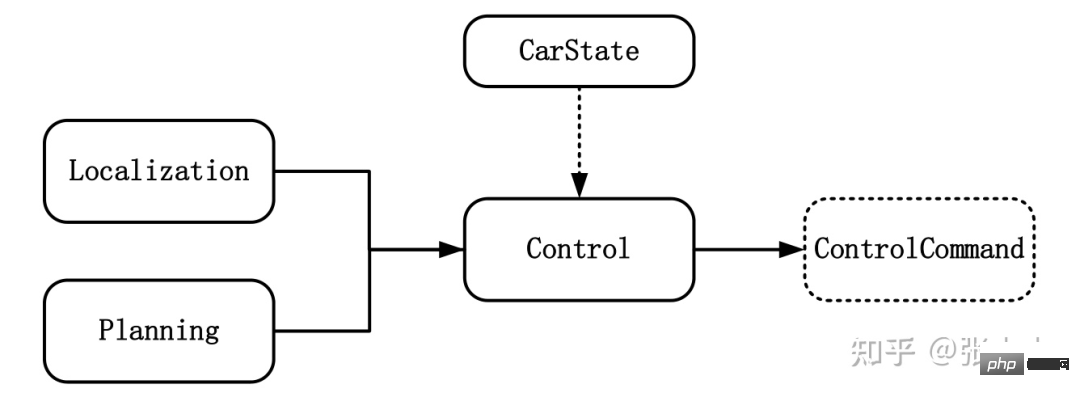 智能汽车规划控制常用控制方法详解Apr 11, 2023 pm 11:16 PM
智能汽车规划控制常用控制方法详解Apr 11, 2023 pm 11:16 PM控制是驱使车辆前行的策略。控制的目标是使用可行的控制量,最大限度地降低与目标轨迹的偏差、最大限度地提供乘客的舒适度等。如上图所示,与控制模块输入相关联的模块有规划模块、定位模块和车辆信息等。其中定位模块提供车辆的位置信息,规划模块提供目标轨迹信息,车辆信息则包括档位、速度、加速度等。控制输出量则为转向、加速和制动量。控制模块主要分为横向控制和纵向控制,根据耦合形式的不同可以分为独立和一体化两种方法。1 控制方法1.1 解耦控制所谓解耦控制,就是将横向和纵向控制方法独立分开进行控制。1.2 耦合控
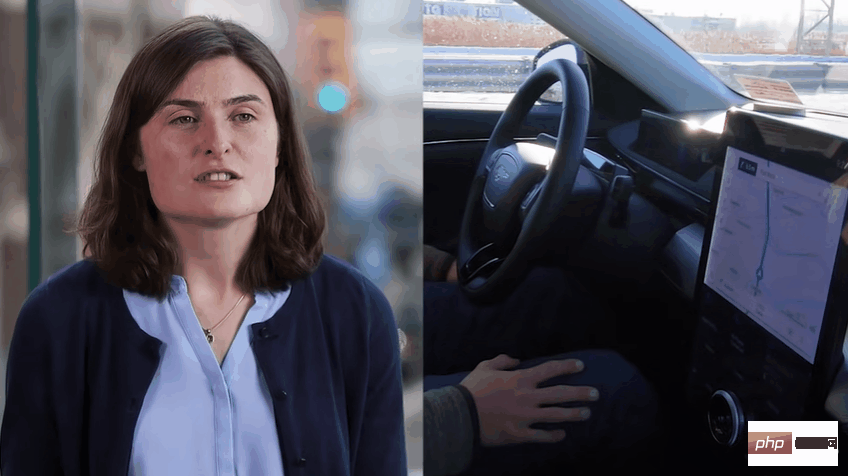 一文读懂智能汽车驾驶员监控系统Apr 11, 2023 pm 08:07 PM
一文读懂智能汽车驾驶员监控系统Apr 11, 2023 pm 08:07 PM驾驶员监控系统,缩写DMS,是英文Driver Monitor System的缩写,即驾驶员监控系统。主要是实现对驾驶员的身份识别、驾驶员疲劳驾驶以及危险行为的检测功能。福特DMS系统01 法规加持,DMS进入发展快车道在现阶段开始量产的L2-L3级自动驾驶中,其实都只有在特定条件下才可以实行,很多状况下需要驾驶员能及时接管车辆进行处置。因此,在驾驶员太信任自动驾驶而放弃或减弱对驾驶过程的掌控时可能会导致某些事故的发生。而DMS-驾驶员监控系统的引入可以有效减轻这一问题的出现。麦格纳DMS系统,
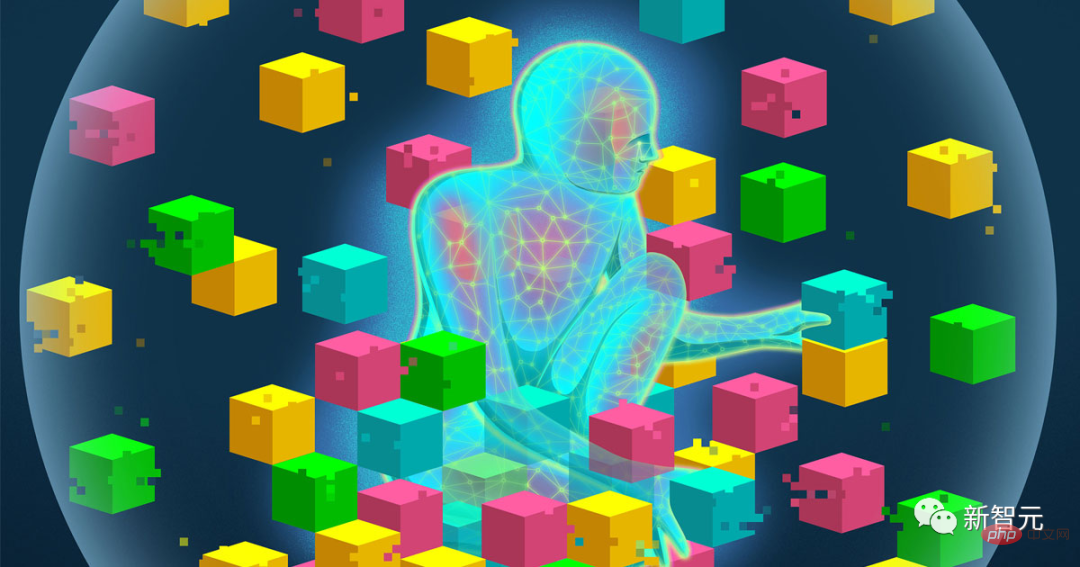 李飞飞两位高徒联合指导:能看懂「多模态提示」的机器人,zero-shot性能提升2.9倍Apr 12, 2023 pm 08:37 PM
李飞飞两位高徒联合指导:能看懂「多模态提示」的机器人,zero-shot性能提升2.9倍Apr 12, 2023 pm 08:37 PM人工智能领域的下一个发展机会,有可能是给AI模型装上一个「身体」,与真实世界进行互动来学习。相比现有的自然语言处理、计算机视觉等在特定环境下执行的任务来说,开放领域的机器人技术显然更难。比如prompt-based学习可以让单个语言模型执行任意的自然语言处理任务,比如写代码、做文摘、问答,只需要修改prompt即可。但机器人技术中的任务规范种类更多,比如模仿单样本演示、遵照语言指示或者实现某一视觉目标,这些通常都被视为不同的任务,由专门训练后的模型来处理。最近来自英伟达、斯坦福大学、玛卡莱斯特学
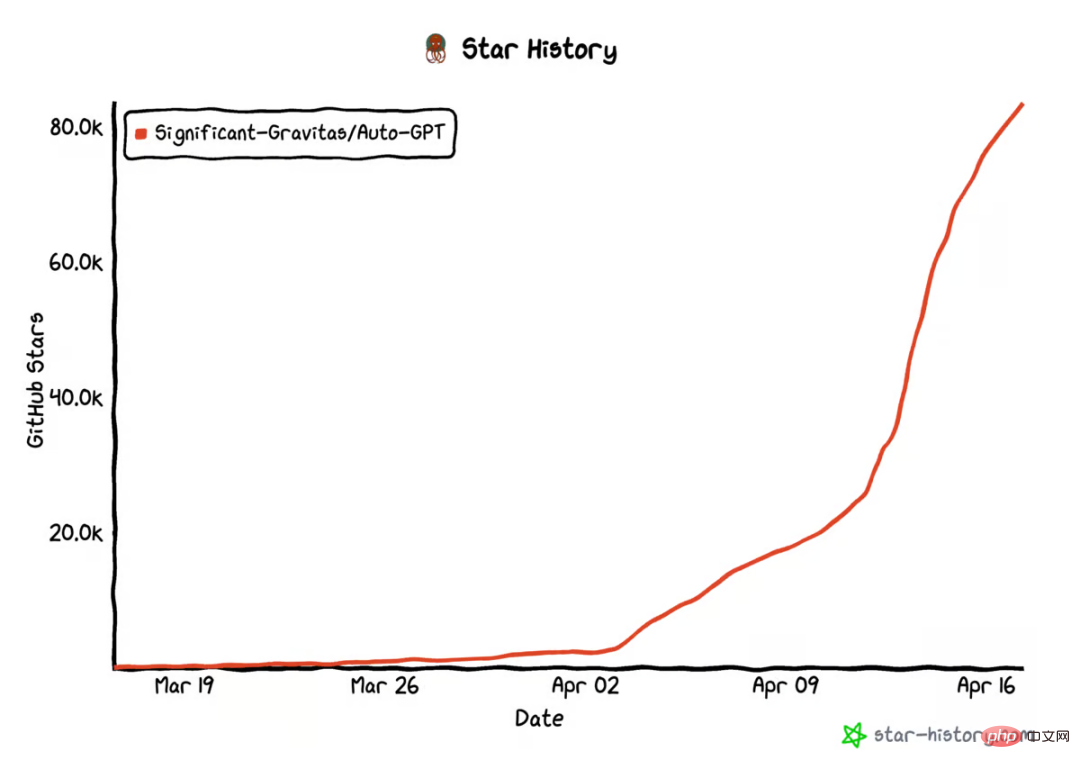 AutoGPT star量破10万,这是首篇系统介绍自主智能体的文章Apr 28, 2023 pm 04:10 PM
AutoGPT star量破10万,这是首篇系统介绍自主智能体的文章Apr 28, 2023 pm 04:10 PM在GitHub上,AutoGPT的star量已经破10万。这是一种新型人机交互方式:你不用告诉AI先做什么,再做什么,而是给它制定一个目标就好,哪怕像「创造世界上最好的冰淇淋」这样简单。类似的项目还有BabyAGI等等。这股自主智能体浪潮意味着什么?它们是怎么运行的?它们在未来会是什么样子?现阶段如何尝试这项新技术?在这篇文章中,OctaneAI首席执行官、联合创始人MattSchlicht进行了详细介绍。人工智能可以用来完成非常具体的任务,比如推荐内容、撰写文案、回答问题,甚至生成与现实生活无


Hot AI Tools

Undresser.AI Undress
AI-powered app for creating realistic nude photos

AI Clothes Remover
Online AI tool for removing clothes from photos.

Undress AI Tool
Undress images for free

Clothoff.io
AI clothes remover

AI Hentai Generator
Generate AI Hentai for free.

Hot Article

Hot Tools

Dreamweaver CS6
Visual web development tools

WebStorm Mac version
Useful JavaScript development tools

Notepad++7.3.1
Easy-to-use and free code editor

MinGW - Minimalist GNU for Windows
This project is in the process of being migrated to osdn.net/projects/mingw, you can continue to follow us there. MinGW: A native Windows port of the GNU Compiler Collection (GCC), freely distributable import libraries and header files for building native Windows applications; includes extensions to the MSVC runtime to support C99 functionality. All MinGW software can run on 64-bit Windows platforms.

Atom editor mac version download
The most popular open source editor






